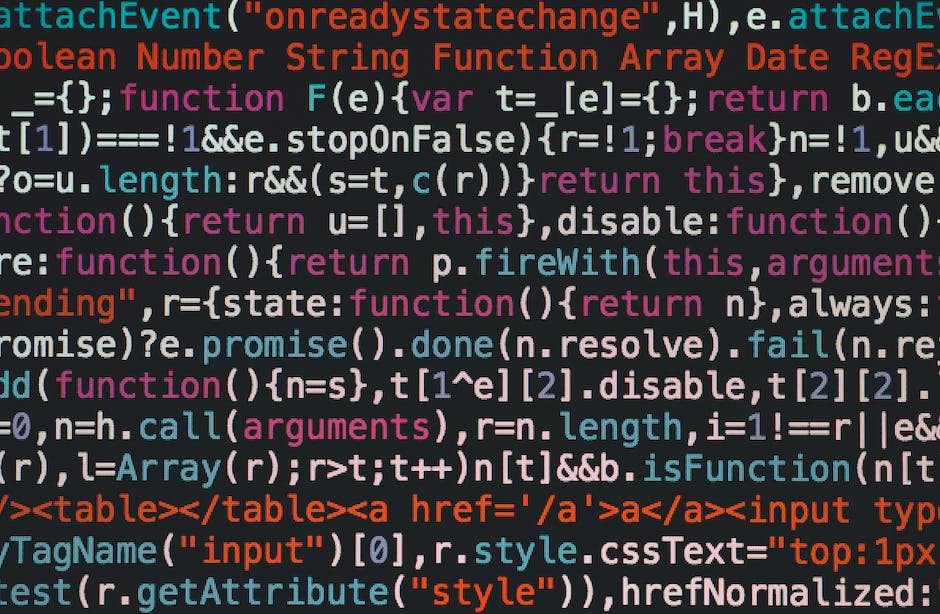Have you ever wondered about the difference between traditional data and time series data? Or why the latter is gaining so much significance in the tech industry? If you’re keen on pursuing a career in technology, understanding this distinction could be a game-changer. This article aims to provide a comprehensive understanding of time series data and its importance.

Overview of Data Types
Before we dive into time series data, let’s start with the basics. What exactly is ‘data’? Simply put, data is a collection of facts, statistics, or information that can be processed to serve a specific purpose. Data can be categorized into various types, such as Structured, Semi-Structured, and Unstructured data. Each of these types has unique characteristics and uses.
Structured data, for instance, is highly organized and formatted in a way that’s easy to search and understand. It’s a subtype of this structured data that we’re interested in today: time series data.
Understanding Structured Data
So, what is structured data? It’s a type of data that’s organized and formatted in a specific, predefined way. It’s typically stored in relational databases and spreadsheets, making it easily searchable and understandable. Its organization makes it ideal for data analysis, providing clear, concise information that can be readily interpreted.
One important type of structured data, particularly for those interested in data analysis, is time series data. But what sets it apart from other data types? Keep reading to find out!
Dive into Time Series Data
What exactly is time series data? In the simplest terms, time series data is a sequence of data points collected or recorded at consistent time intervals. This type of data is indexed by time and each data point in the series corresponds to a particular moment. This structure allows for precise and chronological analysis.
Three main components constitute time series data: time stamps, data values, and data variables. Time stamps, as the name suggests, are the specific points in time when the data is recorded. Data values are the actual measurements or observations recorded at each time stamp. Finally, data variables are the different categories of data that are being recorded.
A key aspect of time series data is the concept of time order. Unlike cross-sectional data, where data points can be analyzed independently, time series data is dependent on the sequence of data points. Can you imagine the predictability issues we would face if we shuffled the order of historical stock prices before analyzing it?
Features of Time Series Data
So, what makes time series data unique? One prominent feature of time series data is temporal dependence. This means that data points in a time series are dependent on previous data points. Another characteristic is seasonality, which refers to the presence of variations that occur at specific regular intervals, such as daily, weekly, or annually.
These features set time series data apart from other types of data, especially cross-sectional data. In cross-sectional data, observations are assumed to be independent of each other. Whereas, in time series data, the temporal dependence and seasonality create a complex interplay between data points that requires specialized analytical techniques.
Practical Uses of Time Series Data
Time series data finds extensive use in various fields. Ever wondered how stock prices are analyzed? Or how sales are forecasted? Time series data is at the heart of it all! Weather predictions, economic forecasts, and even healthcare studies often rely on time series data for accurate predictions and planning.
Time Series Analysis
Time series analysis involves identifying patterns in time series data to predict future values. This form of analysis helps us understand underlying forces and structure that produced the observed data.
For instance, by analyzing past sales data, a company can predict future sales trends and plan accordingly. Similarly, by examining past weather data, meteorologists can forecast future weather patterns.
There are several methods used in time series analysis. Moving averages, for example, smooth out short-term fluctuations and highlight longer-term trends or cycles. Exponential smoothing is another popular technique which involves assigning exponentially decreasing weights over time.
Time series analysis is not just about forecasting. It can also be used to test theories about the causal relationships between different variables. It’s a powerful tool, isn’t it?
Importance of Time Series Data in Tech Industry
Have you ever wondered what drives the tech industry? The answer lies in data – specifically, time series data. This form of data plays a crucial role in various sectors of the tech industry. Whether it’s optimizing system performance, predicting future trends, or improving user experience, time series data is at the heart of these operations.
Consider the world of machine learning and artificial intelligence (AI), two of the most transformative technologies today. These fields rely heavily on time series data for their predictive models. For instance, AI-driven forecasting tools use time series data to predict future stock prices or weather patterns. This type of data allows algorithms to identify trends and patterns over time, which forms the basis of their predictions.
So, why should you care about time series data? If you’re aiming for a career in tech, a solid understanding of time series data can set you apart from the competition. As more industries recognize the value of data-driven decision making, professionals with time series knowledge are in high demand. Whether you’re an aspiring data scientist, a software developer, or a system analyst, mastering time series data can elevate your career to new heights.
Learning Resources for Time Series Data
Ready to deepen your understanding of time series data? Here are some resources that can help you on your journey.
For beginners, “Time Series Analysis and Its Applications: With R Examples” by Robert H. Shumway and David S. Stoffer is a great place to start. This book offers a comprehensive introduction to time series analysis, complete with practical examples using R.
If you prefer learning through online courses, check out “Time Series Analysis in Python” on DataCamp. This course covers everything from the basics of time series data to advanced techniques for forecasting.
For more hands-on learning, you might find tutorials helpful. “Practical Time Series Analysis” on Coursera is a tutorial-based course that teaches time series analysis through real-world examples. It’s perfect for those who learn best by doing.
Regardless of the resource you choose, remember that learning is a journey. Don’t rush the process. Take your time to grasp the concepts and practice applying them. Before you know it, you’ll be a time series data pro, ready to take on the tech industry!

Preparing for Tech Jobs with Time Series Data Knowledge
Have you ever wondered what could make your tech job applications stand out from the rest? The answer may lie in your understanding of time series data. This specialized knowledge can be a significant advantage during job interviews, especially for data-centric roles in the tech industry.
Time series data is increasingly becoming an integral part of many tech jobs, and a robust understanding of it could be your ticket to landing your dream job. But how do you demonstrate this knowledge? One effective way is to showcase it on your resume. This could be in the form of projects or assignments where you’ve used time series data, or specific courses you’ve taken to improve your understanding of this type of data.
During interviews, you can also highlight your understanding of time series data. This can be done by discussing the practical applications of time series data in real-world scenarios. For example, you could talk about how it can be used to predict stock market trends or forecast weather patterns. Such discussions not only show your theoretical understanding of time series data but also your ability to apply this knowledge in practical situations.
Another way to stand out is to use your knowledge of time series data in tech projects or assignments. This could mean using time series data to analyze trends, make predictions, or even build machine learning models. By doing so, you not only gain hands-on experience with time series data but also create tangible proof of your skills that you can show to potential employers.
Final Thoughts
As we come to the end of this discussion, it’s clear that understanding time series data is more than just an academic exercise. It’s a practical skill that can enhance your tech career in numerous ways. From making your job applications stand out to enhancing your performance in tech roles, the benefits are manifold.
So, are you ready to take your tech career to the next level? Remember, the journey of learning never stops, and every new concept you master could be the key to unlocking new opportunities. Embrace the challenge, dive into time series data, and watch as doors open in your tech career.
As you continue on your tech journey, always remember that the power of time series data lies in its practical application. So, don’t just learn about it, use it. Apply it in your projects, discuss it in your interviews, and let it shine on your resume. This is your opportunity to stand out in the tech industry.
